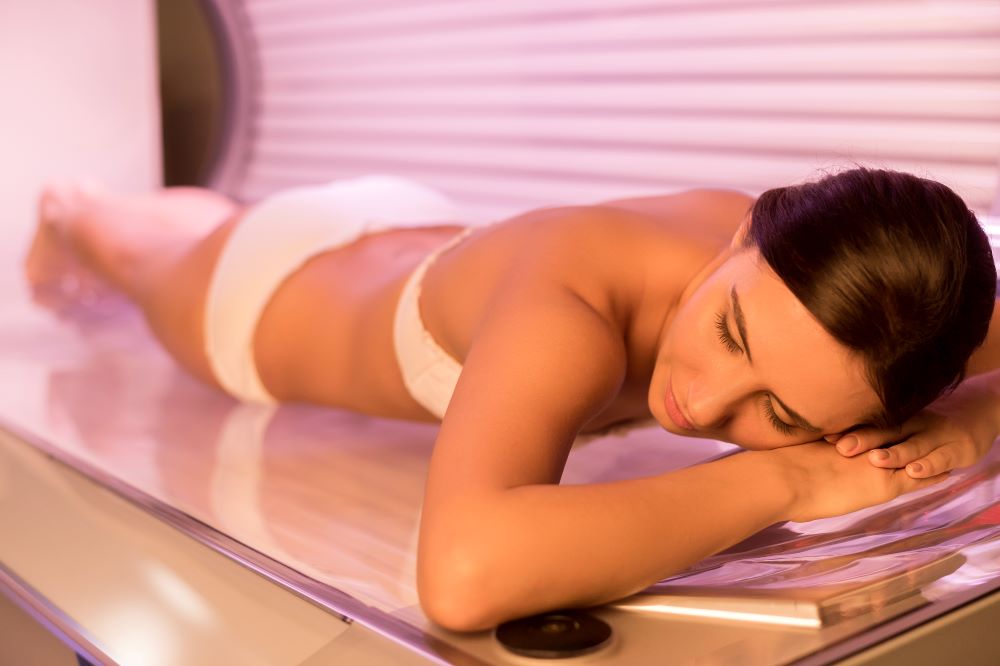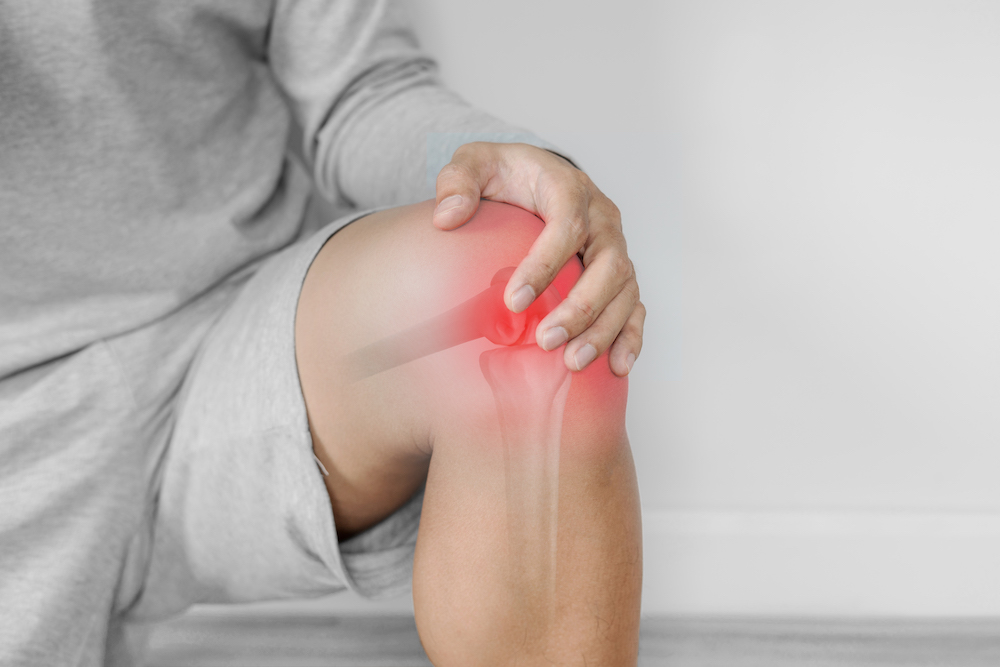Facts and myths about tanning beds

Spending some time under a tanning bed before going on vacation is something many people do to give their skin a “summer glow.” But is this a good idea? Here, we discuss the facts and myths about tanning beds.
Myth
Vitamin D
Using a tanning bed does not help you produce vitamin D. This is a common myth. Vitamin D is produced when your skin is exposed to UV-B rays, which are barely emitted by tanning beds. If you have a vitamin D deficiency, you cannot remedy it by using a tanning bed.
The sun is less harmful
A full afternoon in the sun is less harmful than a session in a tanning bed. Research has shown that regular tanning bed use increases your risk of skin cancer by 20%. If you’re young, this risk doubles because the radiation is even more damaging to younger skin. To avoid these harmful effects, it’s better to skip the tanning bed.
Fact
Skin aging
You might not want to hear it, but it’s a fact: frequent use of tanning beds leads to faster development of wrinkles and age spots. How does this happen? Tanning beds emit a large amount of UV-A radiation, which quickly darkens the skin. UV-A penetrates deep into the skin layers and affects collagen production. Less collagen means the skin becomes loose and wrinkles appear more quickly.
Even occasional use is harmful
Unfortunately, even infrequent use of tanning beds can cause damage. It’s comparable to smoking a cigarette: each session is harmful, and the damage cannot be undone.


